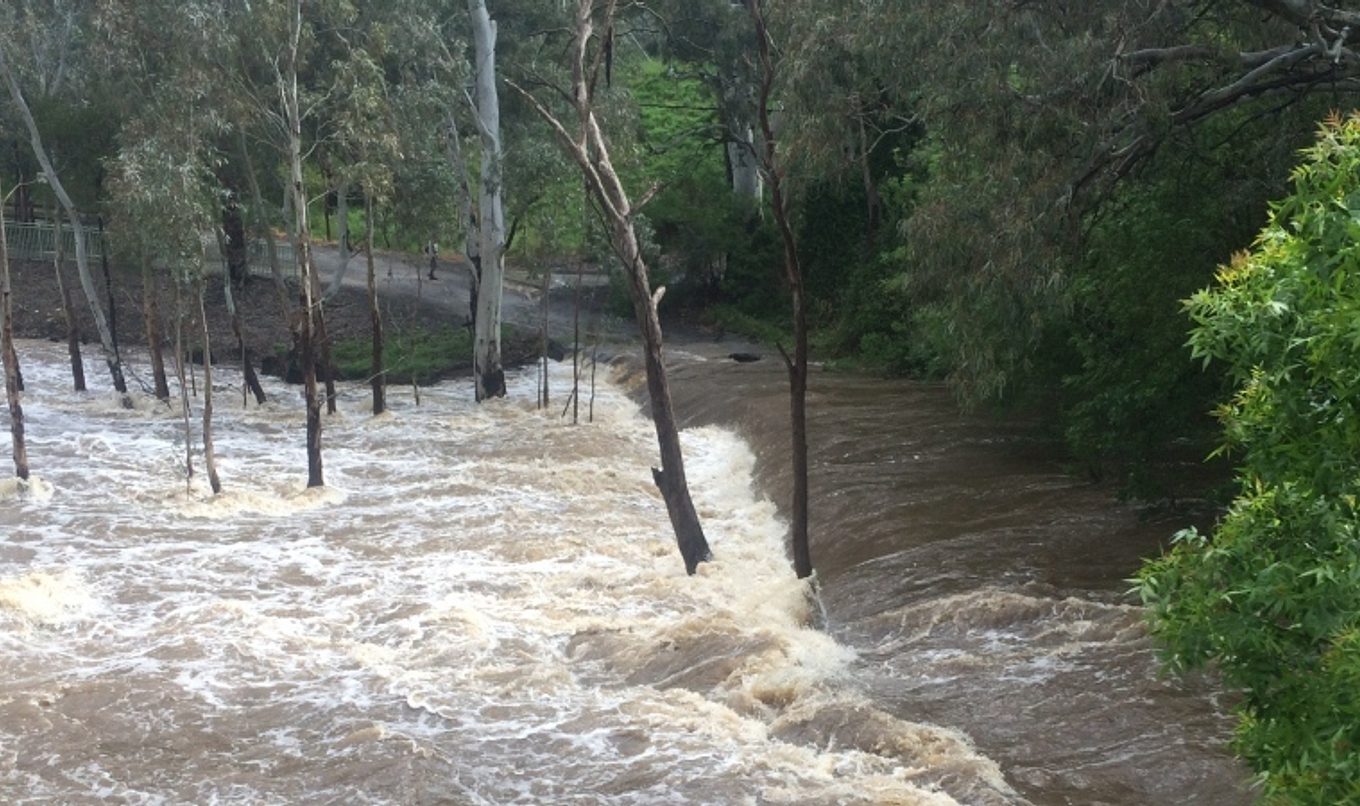Have your say on dam and levee bank management
South Australians are invited to have their say on how dams and levee banks are managed to improve flood management in the state.

The Department for Environment and Water (DEW) is seeking community input into shaping an improved statewide approach to how dams and levee banks are managed, in an effort to reduce the impacts of future flood events.
DEW Manager of Flood Management Ingrid Franssen said the 2016 floods resulted in around $70 million of damages to the state’s agriculture and local government infrastructure.
“A significant number of dams and some levee banks across South Australia failed and we’re now looking to mitigate future risks associated with our dams and levee banks,” Ms Franssen said.
“We’re very interested in hearing about people’s perceived priorities for flood management, and how the South Australian Government can deliver on improvements to levee banks and dams.”
DEW has developed three discussion papers with input from Australian, state and local government agencies:
- Improving Levee Bank Management in South Australia
- Improving Dam Management in South Australia
- Priorities for improved flood management in South Australia
“Feedback on these papers will help to improve levee bank and dam management and reduce the economic, social and environmental costs of flood,” Ms Franssen said.
“It’s also hoped it will help to identify and shape other priority issues that need to be addressed when improving flood management in South Australia.
People are encouraged to provide feedback on the discussion papers by 15 April 2019. The discussion papers and information on how to submit feedback is available on the YourSAy website.
All feedback received will be considered in the development of the new levee bank and dam management frameworks. A summary of feedback will be published on the YourSAy website in mid-2019.
DEW aims to begin delivering improvements, as well as the other priority flood management issues, in the second half of 2019.

